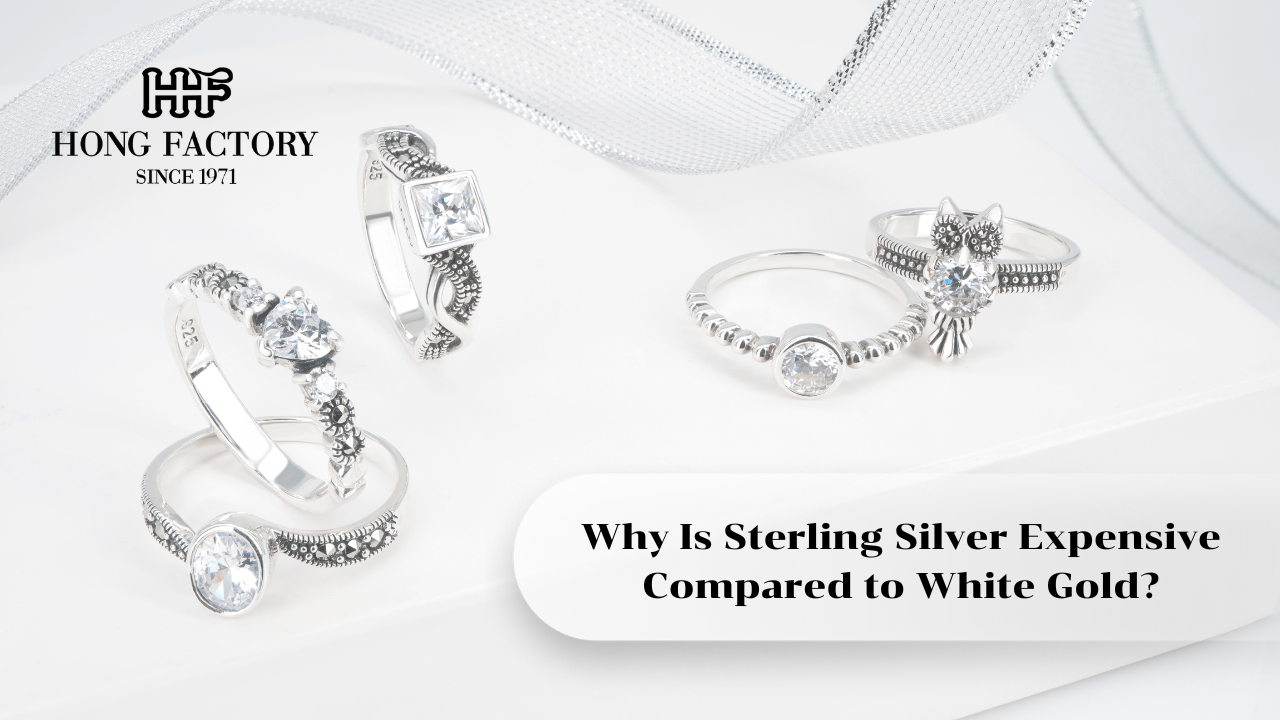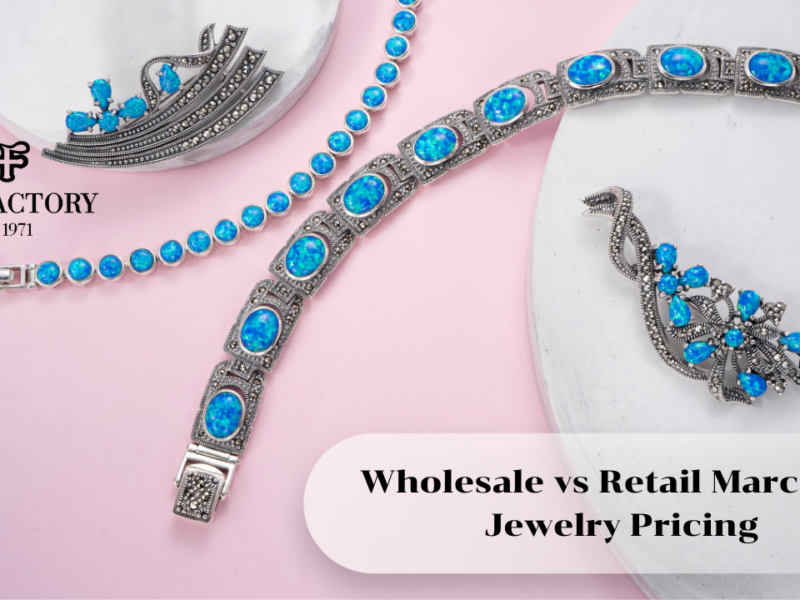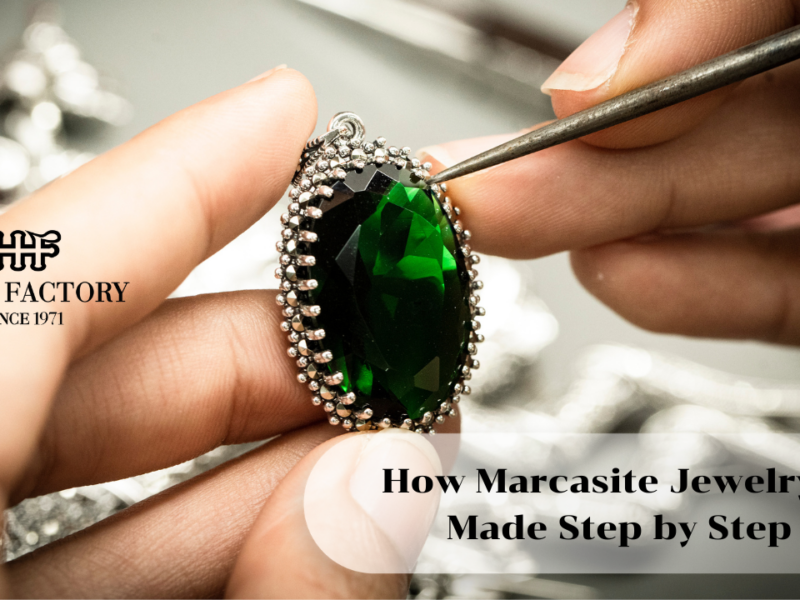Sterling silver and white gold are both popular metals in the jewelry world, admired for their brilliance and versatility. However, when it comes to pricing, many people are surprised to see how sterling silver, though less costly than gold, still holds significant value. This leads to a common question why is sterling silver expensive compared to white gold alternatives in some designs? The answer lies in craftsmanship, market value, and the timeless appeal of silver’s pure luster. Marcasite stone
What Is Sterling Silver?
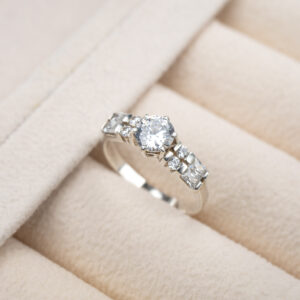
Sterling silver is made up of 92.5% pure silver and 7.5% other strengthening metals, typically copper. This composition enhances the metal’s strength while maintaining its characteristic shine. Every genuine sterling silver piece is stamped with the “925” hallmark, ensuring authenticity and quality.
White gold, on the other hand, is an alloy of gold mixed with palladium, nickel, or silver to achieve its pale hue. It is often plated with rhodium a rare metal that gives it a bright, reflective surface. Though white gold is generally more expensive by weight, the craftsmanship and artistry behind sterling silver jewelry can sometimes make it comparably priced, especially in handmade or designer pieces.
Is Sterling Silver Expensive?
The question “Is Sterling Silver Expensive” becomes particularly interesting when comparing it to white gold. While gold itself is more valuable as a raw material, sterling silver jewelry often involves intricate handcrafting, complex polishing, and design processes that add substantial value.
Reasons sterling silver can be expensive compared to white gold include:
- Handcrafted artistry: Sterling silver is often molded and polished by hand, requiring detailed workmanship.
- Design intricacy: Silver’s malleability allows for more artistic and complex designs.
- Finishing process: Achieving a mirror-like shine or oxidized antique finish increases production time and cost.
- Global silver market: Silver prices fluctuate, affecting overall jewelry costs.
- Luxury branding: Designer or custom-made silver pieces often command premium prices.
Thus, while the raw metal may cost less than gold, the artistry, design, and labor behind sterling silver elevate its final price in the jewelry market.
Craftsmanship and Production Techniques
One major factor that affects cost is how each metal is crafted. Sterling silver jewelry typically requires multiple production stages casting, engraving, filing, polishing, and anti-tarnish treatment. Each process demands precision and time, particularly for intricate patterns or gemstone settings.
White gold jewelry, though valuable, often relies on rhodium plating to maintain its color and luster. Over time, this plating wears off and must be re-applied, whereas sterling silver can be easily cleaned and polished to restore its natural shine.
Durability and Maintenance
White gold is generally more scratch-resistant and durable than sterling silver, but silver’s advantage lies in its reparability. Scratches and tarnish can be buffed out easily, and with proper care, sterling silver can last for generations. Many jewelers and collectors appreciate this balance between affordability and longevity.
Silver requires occasional polishing to maintain its shine, but unlike plated jewelry, its brilliance can always be restored because the metal is solid throughout.
Aesthetic Appeal and Design Versatility
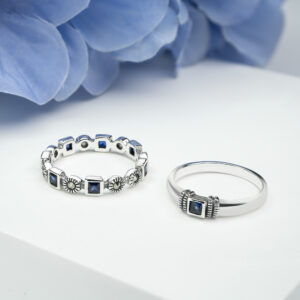
Sterling silver offers a versatile aesthetic that suits both casual and formal wear. Its cool tone complements gemstones like turquoise, onyx, amethyst, and marcasite, giving it a timeless and adaptable look. White gold, on the other hand, is often reserved for luxury fine jewelry or bridal collections.
Designers often choose sterling silver for artistic expression, leveraging its softness and flexibility to craft detailed engravings, textures, and custom motifs. This level of creative freedom contributes to its perceived value and price.
Sterling Silver vs. White Gold in Value and Perception
While white gold may hold higher intrinsic value due to its gold content, sterling silver wins in affordability and accessibility. It provides luxury appeal without the hefty price tag of gold, making it a favorite for designers and consumers seeking both beauty and value.
Furthermore, sterling silver jewelry has become a symbol of artisanal craftsmanship. Many independent brands and luxury boutiques highlight handmade silver pieces as part of their premium collections, showcasing that true value lies in design and artistry, not just in the metal’s rarity.
Market Demand and Trend Influence
The jewelry market continuously evolves with fashion trends. In recent years, sterling silver has gained renewed popularity due to minimalist and unisex designs. Consumers are drawn to its clean, modern aesthetic, making demand higher and in turn, prices more competitive.
White gold remains popular for engagement rings and formal pieces, but sterling silver dominates in everyday jewelry, artisanal collections, and statement accessories. The increased demand for unique handcrafted designs contributes to the higher cost of silver in some jewelry lines.
Maintenance and Longevity Comparison
Sterling silver is easier to maintain than white gold in the long term. While silver can tarnish when exposed to moisture or air, simple polishing or cleaning quickly restores its shine. White gold, however, requires regular rhodium replating to maintain its bright color an ongoing expense that many buyers overlook.
This difference in upkeep makes sterling silver more practical for customers seeking beauty, quality, and affordability with minimal maintenance.
Sterling silver’s expense compared to white gold doesn’t stem solely from metal value it’s a reflection of craftsmanship, artistry, and enduring appeal. Each sterling silver piece embodies careful design, refined finishing, and a balance of luxury and accessibility.
So, while white gold may be the choice for formal luxury, sterling silver continues to captivate jewelry lovers with its timeless shine, artistic versatility, and unmatched affordability. In the end, both metals symbolize beauty and elegance but sterling silver stands out as the perfect harmony between sophistication and value.
